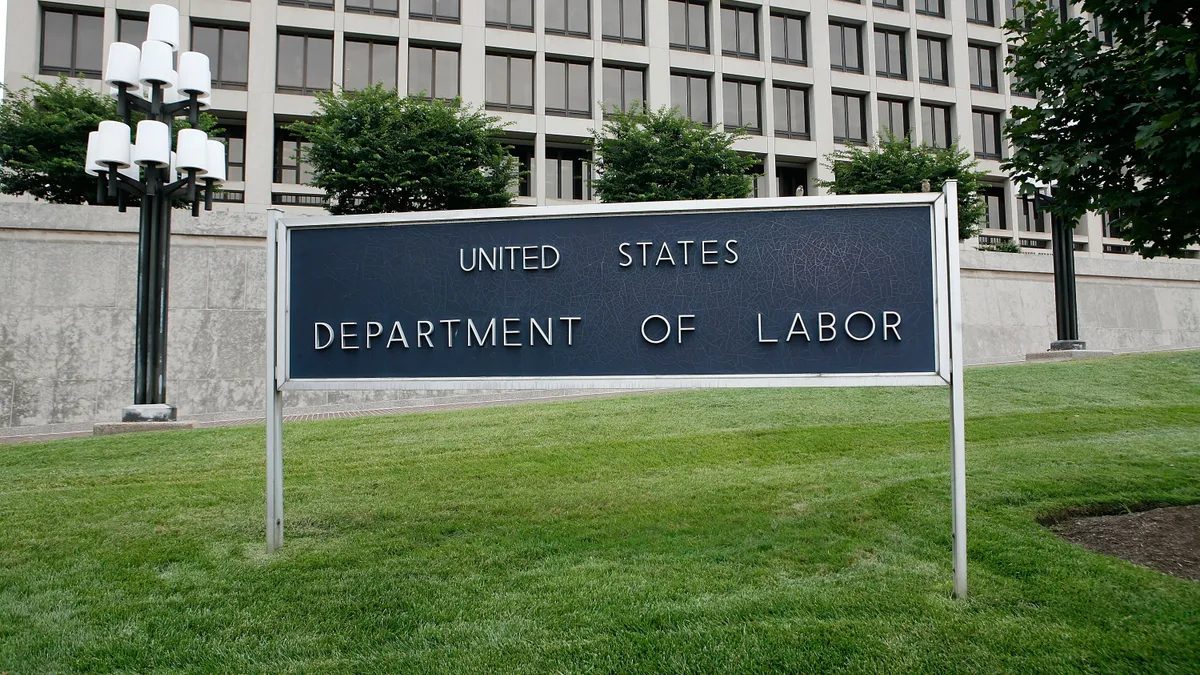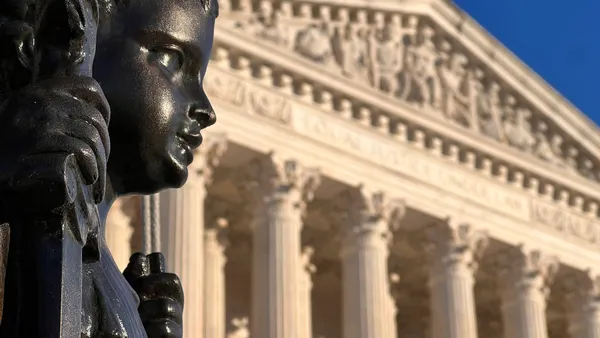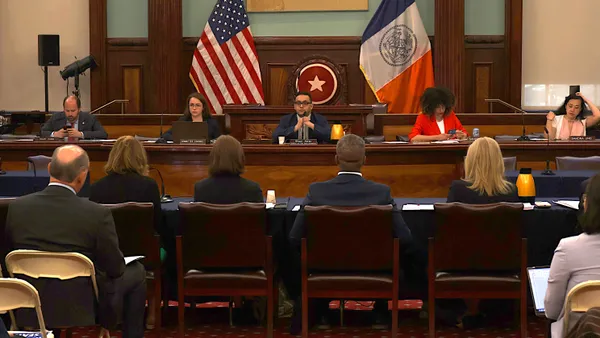Dive Brief:
- The month of October passed without the proposal of new Fair Labor Standards Act overtime regulations. The U.S. Department of Labor had projected it would issue a proposal last month.
- Of interest to employers, the regulation presumably would have addressed the salary threshold which determines whether bona fide executive, administrative and professional employees are exempt from the FLSA’s minimum wage and overtime requirements.
- “The Wage and Hour Division is still developing a proposal updating overtime regulations under the Fair Labor Standards Act,” a DOL spokesperson told HR Dive in an email Thursday. “The division held multiple stakeholder listening sessions in 2022, and DOL continues working toward this proposal.”
Dive Insight:
Plans to raise the FLSA white-collar exemption threshold have been in the works for more than a year. The Trump administration implemented the last increase — from $23,660 per year to $35,568 per year — in 2019.
Though it marked the first increase to the FLSA’s overtime threshold in over a decade, 2019’s final rule also came in well below the Obama administration’s 2016 plan, which pegged the cutoff at $47,476 per year. A federal judge enjoined the rule just weeks before former President Barack Obama left office. DOL appealed the judge’s decision but the Trump administration dropped the case in anticipation of promulgating its own threshold.
The early years of the Biden administration signaled a likely revisiting of overtime regulations. In June 2021, Secretary of Labor Marty Walsh told Congressional lawmakers that the $35,568 figure was “definitely” too low and that DOL may indicate in a future proposal whether it believed that regular and automatic updates to the threshold would be needed. Later that year, DOL included overtime regs on its semiannual regulatory agenda.
It’s unclear just what threshold the Biden administration may propose. Last year, a group of four Congressional Democrats called on Walsh to put forward a threshold equivalent to the 55th percentile of full-time, salaried wage earners in the U.S. Per the letter, that would amount to $82,732 a year by 2026.
Pay is just one aspect of the FLSA’s minimum wage and overtime regs, however. Employers also must apply the law’s “duties” test to determine whether an employee qualifies for exemption. In the event of a new rule, sources previously told HR Dive that employers may need to consider developing strategies to handle potential pay increases as well as submit public comments to DOL on the feasibility of any new threshold.














